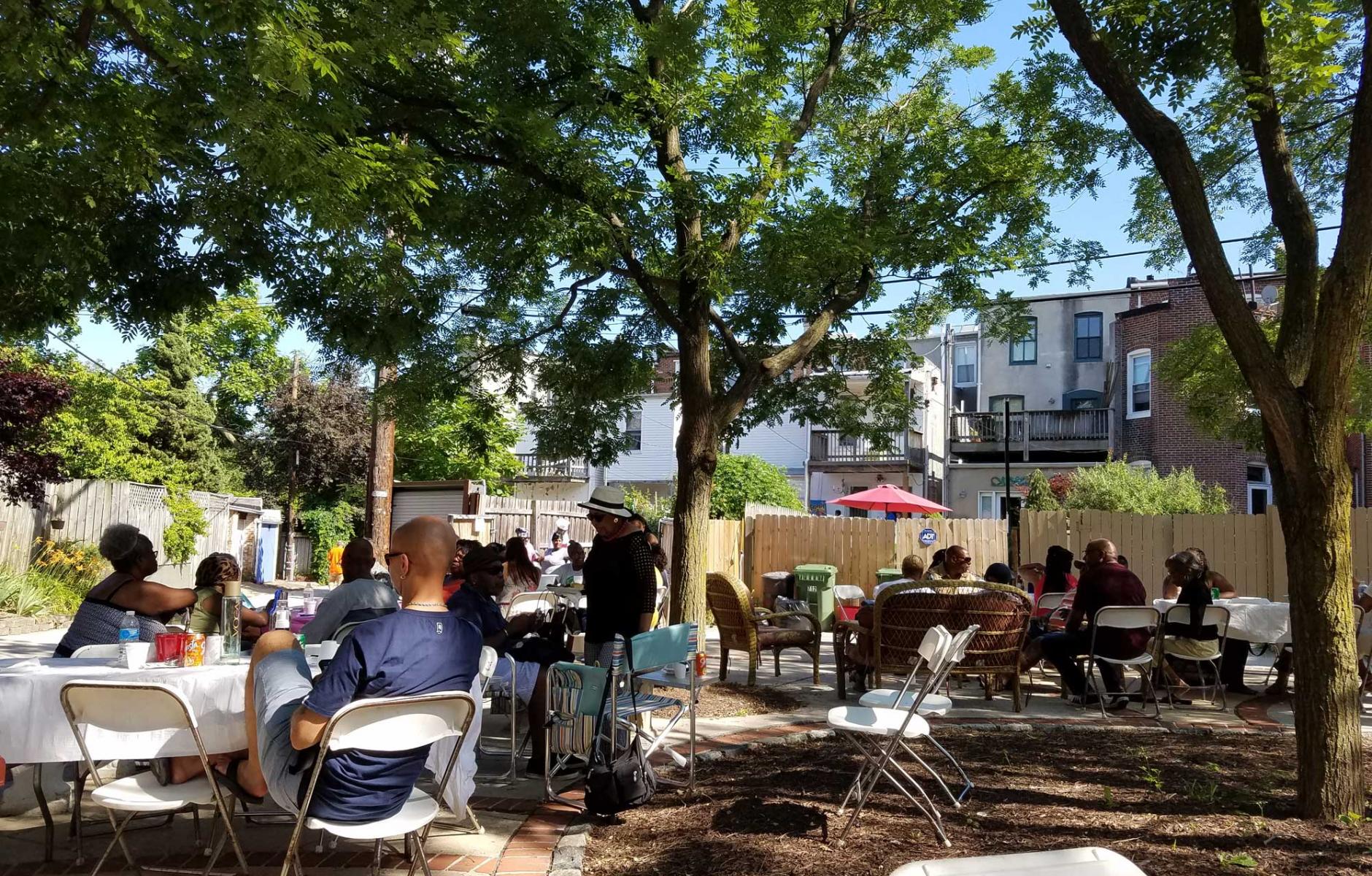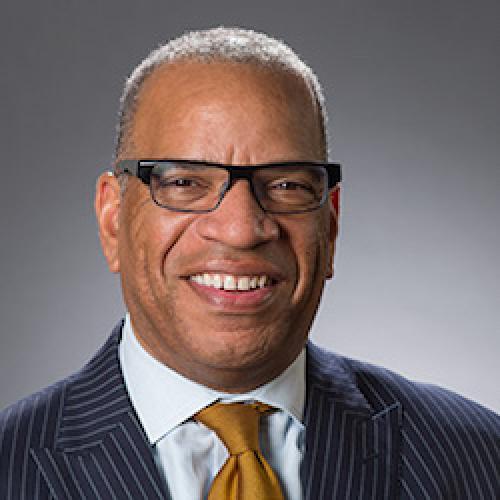
What does inclusion mean for CNU?
Twenty-five years after the founding of the Congress for the New Urbanism, the board voted this past September to advance our commitment toward creating a more inclusive movement and through it, more inclusive communities. In doing so, we affirmed the words espoused in the Charter of the New Urbanism:
“We represent a broad-based citizenry, composed of public and private sector leaders, community activists, and multidisciplinary professionals. We are committed to reestablishing the relationship between the art of building and the making of community, through citizen-based participatory planning and design.”
We are now committing ourselves to activate a collective understanding of what inclusion means for us, you, and the CNU. We admit that this is a journey for all of us. The anticipation of something new, something unknown, something unexplored rings to mind when I think of a journey.
As a city guy, I like the smell, the verve, and the tapestry that a city represents. I like walking the streets and hearing different languages and dialects. I like the hawkers and sometimes get unnerved by the gawkers. I appreciate city markets, and the scents and spices associated with the flavors enjoyed by people of different ethnicities. I think that many of us have similar appreciations.
I also love great urban spaces. I live in Baltimore, home to one of the best urban spaces in America. The parks in Mt. Vernon (there are four of them) have their own flavor. The south park is the photo op space with a cascading stair case that leads up to the Washington Monument. The north park is enjoyed by residents, dog walkers and bike couriers; it’s a casual gathering spot for a break with a lovely flower plot at its heart. The west park is popular for lunch breaks. Off the main beat of Charles Street, it offers a respite in the form of a fountain, tree canopy, and lawn for sitting and meeting friends. The east park, similarly quiet, is a gathering spot for those in need of solace, including neighbors who are unhoused. While there is more subtly to the mix, the spaces that are diverse in their own right are also mutually exclusive. There is a place for everyone, but each population also seems to find their own place.

The success of this park reflects the challenge and journey toward a more inclusive CNU. The parks are at once inclusive and segregated. Was that the intent of the design? Do people feel welcome or threatened by their movement into one of the other spaces? Is one person’s comfort and enjoyment of the space an affront to another? Is it our role to design places in a way that reduces the burdens of society’s bias? Or it is our role to design our role in a way that reduces the burdens of society’s bias?
Do we model in our practice the behavior we want the places we design to evoke? Should we? How will the place, the community and society be better for it? How do we use our expertise to celebrate the richness of the diversity that draws people to urban places? How do we use the expertise of communities to do the same thing?
I live in Baltimore, home to one of many great unknown urban spaces in America. Celebrated and used by community, the places have names known to the residents. One in my neighborhood is known as Triangle Park (see photo at top). It doesn’t get too much use—birthday parties, weekend hang outs. Once a year, one neighbor hosts a fish fry. A couple hundred people attend. Neighbors. Friend of neighbors. We don’t know most of the people and we don’t care. We inhabit the space together and animate it. Music. Dance. Games. Kids everywhere. It’s in an alley. It may not be the most attractive place in America; it isn’t Mt. Vernon Square. But for that afternoon, it’s activated. It’s vibrant. It’s urban. It’s inclusive. It’s makeshift. It’s community.
On behalf of the board of the CNU, I invite you to join us to create our desire path to inclusion. Sure, there may have been a design that deigned a route, but would it have been done better by engaging a range of intended users? We deserve to at least explore that option.
Two pictures. Two places. Two neighborhoods. Two worlds. Different. Similar. We can make great places, but it’s when people can come together that we make places great.
Note: Please see the CNU board's statement on inclusion. To share your ideas about inclusion with CNU, email cnuinfo@cnu.org




